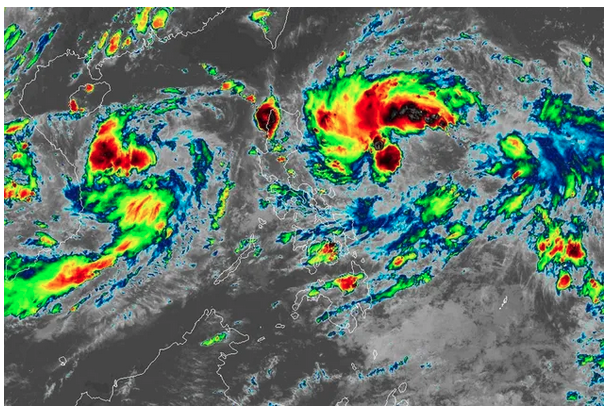The country's gross domestic product (GDP) in the third quarter grew 7.6 percent, faster than the revised 7.5 percent expansion in the second quarter, the Philippine Statistics Authority said in a briefing.
GDP expanded 8.2 percent in the first quarter.
National Economic and Development Authority Director General Arsenio Balisacan said this is the 6th consecutive quarter of at least 7 percent growth.
[BOLD] GDP growth since Q2 of 2021
2021 Q2 = 12.1 percent
2021 Q3 = 7.0 percent
2021 Q4 = 7.8 percent
2022 Q1 = 8.2 percent
2022 Q2 = 7.5 percent
2022 Q3 = 7.6 percent
Main contributors to the third quarter growth include household consumption and investments, wholesale and retail trade, repair of motor vehicles and motorcycles, financial and insurance activities and construction, government data showed.
Agriculture, forestry, and fishing, industry, and services, meanwhile, posted positive growth in the quarter.
"This economic performance largely benefitted from the further easing of mobility, including the resumption of face-to-face classes, which boosted consumption among Filipinos, Balisacan said.
"The relaxation of border restrictions and more simplified travel protocols also supported the growth of local tourism and other sectors severely affected by the pandemic, leading to economic expansion in the third quarter," he added.
Economic managers are expecting GDP to grow between 6.5 to 7.5 percent this year, down from 7 to 8 percent amid rising inflation and interest rates.
The Q3 growth rate means the Philippines is on track to hit this target, Balisacan said.
To achieve a 6.5 to 7.5 percent growth, the economy needs to grow 3.3 percent to 6.9 percent in the fourth quarter, he said.
He added that the third quarter growth "puts us 2nd in growth in the ASEAN region" behind Vietnam and ahead of Indonesia.
Although household consumption rose for the period, savings, meanwhile, decreased. Balicasan said this is "typical" for the poor to dip into their savings as prices rise.
Inflation hit 7.7 percent in October, way beyond the government target of 2 to 4 percent. Meanwhile, remittances and business process outsourcing (BPO) receipts are expected to surge during the remaining months of the year which can support the peso and boost consumption, but also further quicken inflation.
Bangko Sentral ng Pilipinas Governor Felipe Medalla had already said that the monetary board would match the US Federal Reserve's 75-basis point interest hike to protect the peso and arrest inflation.
Higher interest rates will push borrowing rates up as well as dampen consumption, which in turn may impact economic growth.
But both Medalla and Finance Secretary Benjamin Diokno have said that the country's fundamentals remain strong and that the economy could absorb further tightening of its key policy rate.
The overnight rate has been raised by a cumulative 225 basis points to 4.25 percent, from its record low of 2 percent during the peak of the COVID-19 pandemic.
Businesses are optimistic that 2022 will be better than 2021, with the easing of restrictions and reinvigoration of economic activities, aviation and tourism.
The economy exceeded expectations in 2021 with a 5.6 percent GDP growth.
Full story here: https://tinylinkurl.com/cTDAp









Comments
Authentication required
You must log in to post a comment.
Log in